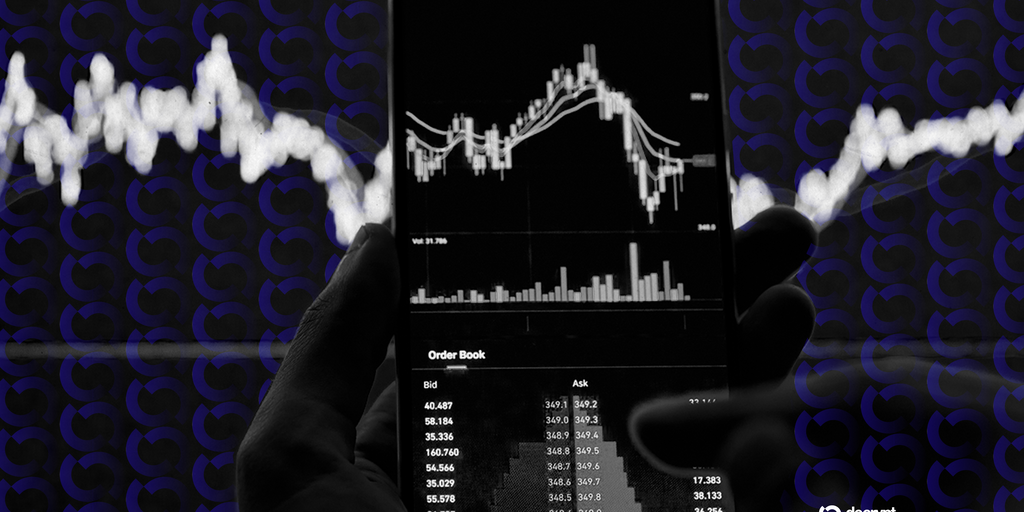
Understanding the Current Late-Cycle Phase in Financial Markets
The global financial markets are currently experiencing what experts call a late-cycle phase—marked by slower momentum, rising vulnerabilities, and heightened sensitivity to macroeconomic events. According to QCP Capital, a Singapore-based crypto trading firm, this phase does not signal an imminent recession but indicates a broad-based corrective environment across equities, gold, and cryptocurrencies.
Bitcoin’s Current Performance: A Lack of Recovery Momentum
Bitcoin (BTC) has been trading flat over the past 24 hours at around $91,750, showing signs of a recovery after briefly dipping below the critical $90,000 mark. One of the key challenges for Bitcoin in this environment is its high sensitivity to liquidity changes and macroeconomic shifts. Persistent outflows from Bitcoin exchange-traded funds (ETFs) and low trading volumes amplify its volatility, making the path to recovery even more complex.
A report from CME’s FedWatch highlighted a sharp drop in the odds of a December rate cut, from over 60% to just 32.8%, further stressing the fragile macroeconomic landscape. These conditions have put the focus on year-end meetings like the December FOMC, which could heavily influence Bitcoin’s trajectory in 2026 by clarifying liquidity and policy expectations.
Key Insights From Market Analysts
Market observers like Jyotsna Hirdyani, South Asia Head at Bitget, describe the current climate as the “late-mid to early-late stage” of the financial cycle. Structural metrics, such as exchange balances, suggest resilience for Bitcoin. However, analysts caution against expecting a V-shaped recovery. Instead, they anticipate a weak rebound, followed by range-bound trading activity. For long-term cryptocurrency investors, this phase should be seen as a consolidation period with a focus on higher lows and improving ETF inflows.
Factors Influencing the Crypto Market
- Liquidity Conditions: Analysts believe Bitcoin’s bottoming process largely depends on liquidity, the sentiments of market participants, and coin-holding distribution.
- Macroeconomic Shocks: The broader correction in financial assets has been driven by weakening liquidity, tighter monetary policies, and risk valuation adjustments.
- Equity Market Comparison: While Bitcoin has struggled, equity markets have shown resilience, benefiting from strong AI-related corporate earnings and robust household balance sheets.
Looking Ahead: Can Bitcoin Recover?
Experts emphasize that higher lows, ETF inflows, and dovish monetary policy signals can play a critical role in stabilizing Bitcoin’s price action. For now, the December FOMC meeting holds the key. If the Fed adopts a looser policy stance for 2026, it could pave the way for a sustained Bitcoin recovery.
For those looking to invest or capitalize on current market conditions, tools like Ledger Nano X, a secure crypto wallet, can be an excellent way to manage and store your cryptocurrency assets during this volatile period.
As we navigate this late-cycle environment, staying informed and prepared for macroeconomic events is vital for both seasoned and new investors in the crypto space.



